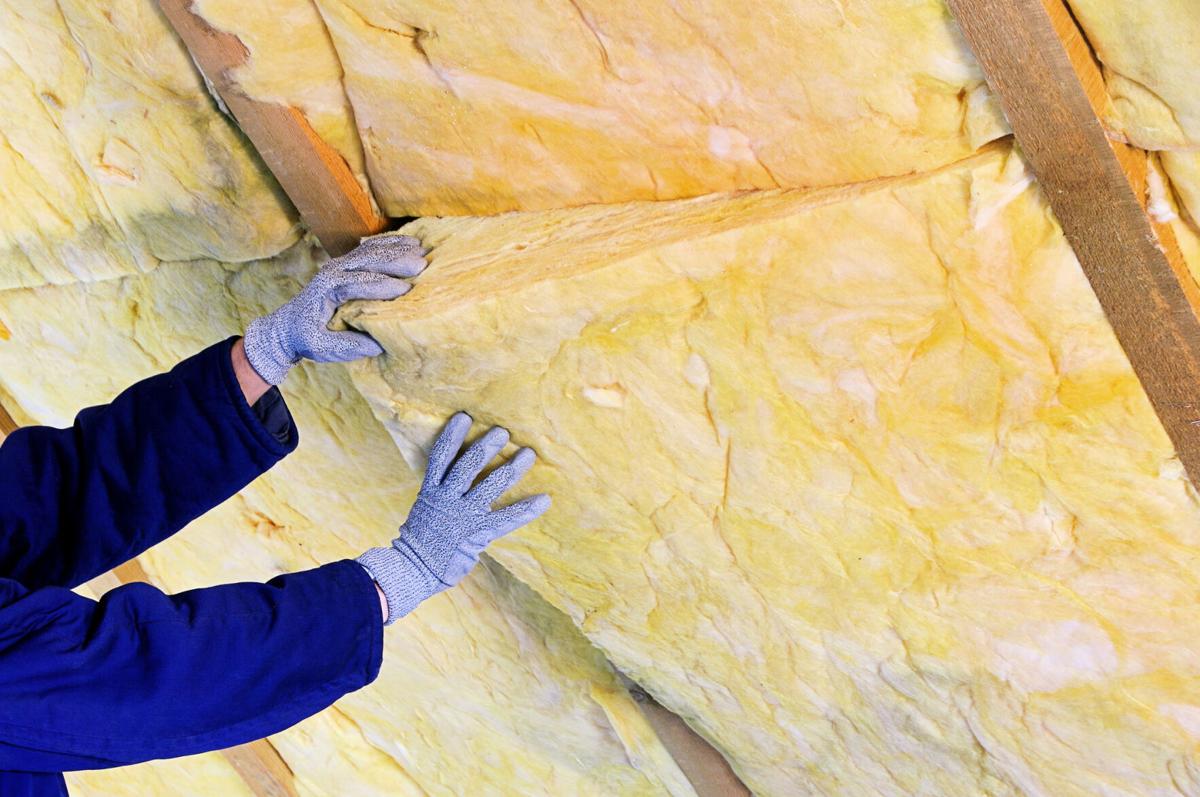Question: What is the first step I should take to make my home more energy efficient?
Answer: Gathering information and data about how your home is performing is the first step. With an understanding of how your home is performing, you can then make a plan, and plans are good. The best method of gaining the information is through a whole home energy audit.
Q: What is involved in a home energy audit?
A: There are more than a dozen different facets of home performance covered in an audit. The technician will ask the homeowner for background information, including energy bills for the last year. This establishes a baseline. Then the home check begins. This is a comprehensive examination based on observation and testing designed to produce the data and information needed to zero in on a home’s energy issues. Nothing affecting the performance of a home goes unnoticed. Appliances are looked at for their level of efficiency. Insulation, particularly in the attic, is measured to determine its level of effectiveness. The air barrier between the attic and the home is also inspected for efficiency. Windows and doors are examined to determine the glazing and sealing effectiveness, and if the doors’ weather stripping is adequate. The home’s ductwork design, construction and integrity are also evaluated.
A series of testing equipment is then employed to collect more data. A combustion safety and gas leakage test is performed to determine carbon monoxide levels. This can identify how well the ovens, stoves, water heater and furnace perform. You sure don’t want to tighten up your home with these gasses floating about.
As part of the energy audit, a blower door test will indicate how leaky the home is and locate the leak sources. A similar test will be performed on the ductwork. This blower test specifically targets ductwork leakage. A static pressure test will determine how well air moves through the home. This test looks at the HVAC system as a whole, including ductwork and registers. Another type of pressure test is performed to determine air pressure imbalances room by room. These imbalances can cause one room to have more dust than another. Generally, these imbalances can make the HVAC system work harder than it needs to. This process is called pressure mapping a home and can reveal many interesting and intriguing pieces of information.
One test that most folks find interesting is thermal camera imaging. A camera detects variations in temperature and highlights areas where the insulation may not be adequate, from poor installation to foundation settlement over the years.
If you have a pool, make sure it is tested, too. Testing its efficiency is a necessary step to getting the “whole house” picture.
These tests culminate in a thorough report detailing every facet of the home’s energy performance. The report will be reviewed with the homeowner, deficiencies noted, and only then is a plan of action developed. The plan will detail specific steps and costs so you can decide how to move forward.
Q: What are the most common deficiencies found in home energy audits?
A: The No. 1 issue is duct leakage. Over the years the ductwork’s seams may be no longer be sealed or poor construction techniques were applied. Often, ductwork can become kinked, and duct sizes are not the correct size to move the amount of air needed in the home. Airflow adjustments are necessary to balance the airflow from room to room. This may require the use of additional ductwork and a jump duct. A jump duct is a way to get air circulation to the air return and facilitate good airflow from room to room.
The second most common find has to do with insulation. There are two things to consider here: adequate insulation and an air barrier.
Is there sufficient ‘R value’ (a measure of how insulation performs as a barrier to heat transfer) to maintain a comfort level in the home? Is there a lack of a sufficient air barrier between the attic and the living space? Air leakage here considerably devalues the effectiveness of insulation.
The third most common defect is perhaps the simplest. Sun exposure can be critical to heat gain in summer. Heat gained through the windows can make the air conditioner work harder than it needs to. By simply shading the windows, considerable savings can be realized.
A small investment in a whole home energy audit can save you thousands of dollars in energy savings in the long run and keep you more comfortable throughout the seasons. If you haven’t had one done, I can’t recommend it more strongly. It should be the next investment in your home, especially before any significant investment in air conditioning, insulation, or other energy saving products or tactics.





